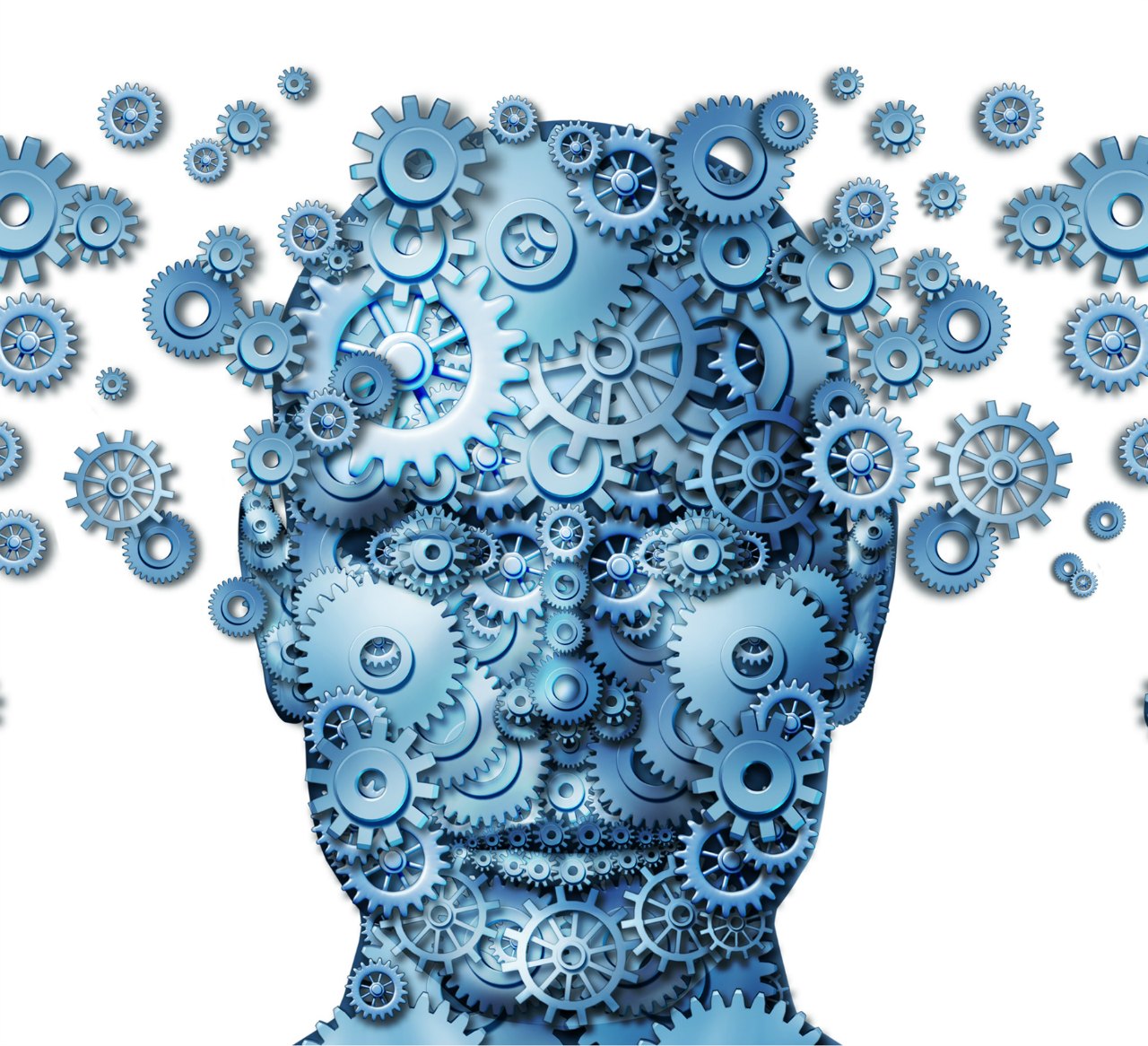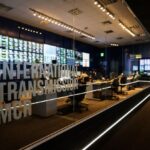Mass customization and addictive manufacturing are increasingly shaping the future of how we design and make things in the healthcare industry to enable patient-centred care, said Autodesk’s Senior Industry Manager in ASEAN, Chris Lee.
“This includes 3D printing customised medical equipment, surgical guides, implants or prosthetics to the exact needs of a patient; and even 3D printed hearing aids and dental crowns.”
3D modelling technology becomes important because all 3D printed objects start with a 3D model, and one can digitally simulate and validate the performance of a medical device, seeing how it will perform to suit a patient’s needs over time before a costly physical prototype is manufactured.
In 2012, medical applications accounted for 16.4% of the total system-related revenue for the global Additive Manufacturing (3D Printing) market. With the increasing number of applications in the healthcare industry, 3D printing is expected to witness a rapid growth of $1.2 billion (RM3.6 billion) by 2020 according to www.medgadget.com
Hurdles
But there are always challenges.
Lee said, “Education and understanding what’s possible are hurdles to a more widespread adoption.”
For Autodesk it’s less about patents and more about “democratising the space in a responsible way.”
Lee explained that there’s currently no standard software for 3D bioprinting, and therefore, no practical way for the community to exchange designs.
“To help overcome this, Autodesk announced Spark, an open and free software platform for 3D printing that will connect digital information to 3D printers in a new way. Spark connects to any hardware and is materials agnostic. This allows the entire 3D printing community to collaborate, build and improve the platform, its associated Ember 3D printer and materials.”
Aside from this, Autodesk also have an Autodesk Life Sciences Group and in-house R&D team which collaborate with researchers, scientists and institutions to understand how our 3D design technology can be applied towards the healthcare industry.
Such efforts are currently ongoing between Autodesk R&D and the Advanced Manufacturing Lab at Lawrence Livermore National Laboratory (LLNL). Both sides have teamed up to discover how generative design software can optimise new manufacturing processes, as well as develop micro-architected metamaterials (materials with properties that don’t exist in nature) that for example, are both lightweight and stiff or transition from stiff to flexible.
Truly breakthrough technologies like Generative Design are revolutionising personalised medicine. Generative design is a process by which the infinite computing power of the cloud can be harnessed to generate complex geometry to achieve certain design objectives like strength and weight, resulting in an almost organic structure that meet specific goals.
When applied to orthopaedic implants, it enables Biomedical Engineers to 3D print micro-lattice porous structures in bio-compatible materials that properly connect the implants to living bone, for example, which in turn promotes the development of blood vessels in the surrounding tissue to facilitate healing.
Lee said, “We recently launched Autodesk Within Medical which helps orthopaedic implant designers to take advantage of 3D printing capabilities. The software has already been used to develop implants such as vertebral replacements and facial construction, and around 600 people have benefitted.”
Within Medical also enables surgeons and engineers alike to make anatomic designs that would be impossible with other software.
Malaysia’s role in all this
According to Lee, Malaysia is well positioned to be the hub of medical device manufacturing in ASEAN. Noted as a high-growth industry, the country hosts more than 190 medical devices manufacturers with investments worth RM13.2 billion.
In Malaysia, facial implant is the most prominent medical applications of 3D printing used by doctors and technical specialists to correct damage caused by serious facial injuries.
Lee explained that a recent example of this is when Dr Mohd Nazimi Abd Jabar, an Oral and Maxillofacial Surgical expert at Universiti Kebangsaan Malaysia used a 3D printed facial implant of a female patient involved in a car accident.
“The process used 3D planning software – and a custom-made 3D printed titanium device – to reconstruct the skull around the patient’s left eye which resulted in cosmetic improvements,” he concluded.








